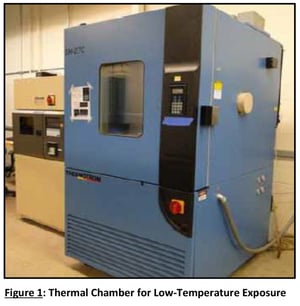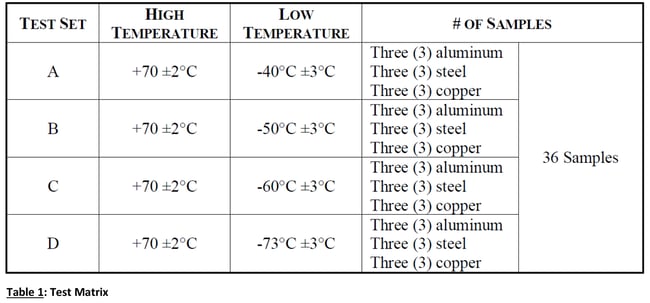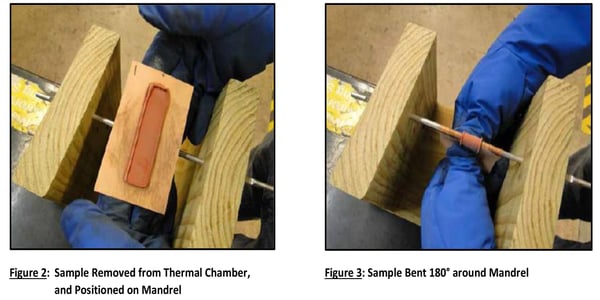Use of MFS Marine Firestop Sealant in Extreme Temperature Applications
STI Marine’s MFS Marine Firestop Sealant consists of a hybrid-polymer formulation unlike any other in the marine  market. Our customers continue to be impressed by the ease of installation and enhanced shelf life as compared with competitive sealants. However, the benefits of using MFS Sealant extend far beyond just installation. MFS Sealant is formulated such that it is highly flexible to accommodate movement and vibration. It adheres very well to most common substrates and can withstand elevated pressures. MFS Sealant also has exceptional resistance to water, UV exposure and a variety of chemicals, but why stop there?
market. Our customers continue to be impressed by the ease of installation and enhanced shelf life as compared with competitive sealants. However, the benefits of using MFS Sealant extend far beyond just installation. MFS Sealant is formulated such that it is highly flexible to accommodate movement and vibration. It adheres very well to most common substrates and can withstand elevated pressures. MFS Sealant also has exceptional resistance to water, UV exposure and a variety of chemicals, but why stop there?
MFS Sealant was recently tested in accordance with ASTM C711-14, Standard Test Method for Low-Temperature Flexibility and Tenacity of One-Part, Elastomeric, Solvent-Release Type Sealants, to determine just how “tenacious” it really is under exposure to extreme temperatures. This testing involved 36 test samples, consisting of MFS Sealant applied over aluminum, steel, and copper (See Table 1). These samples were exposed to cyclic high and low temperature aging from 70°C (158°F) to as low as -73°C (-99.4°F) for up to 16 hours at a time (See Figure 1).

Once the samples had completed three full cycles and stabilized at the low temperature extreme, when the sealant was at its most vulnerable, they were subjected to a mandrel bend test (See Figures 2 and 3). It is no surprise that every one of the 36 test samples passed the test, exhibiting no cracking, separation, delamination, or adhesive failure.
Marine environments, particularly those subject to extreme temperatures, demand materials that can take a beating without compromising performance. These test results are a testament to the resilience, versatility, and yes…the “tenacity” of MFS Marine Firestop Sealant.

When nothing less than the best will do, STI Marine Firestop has the solutions for you.





